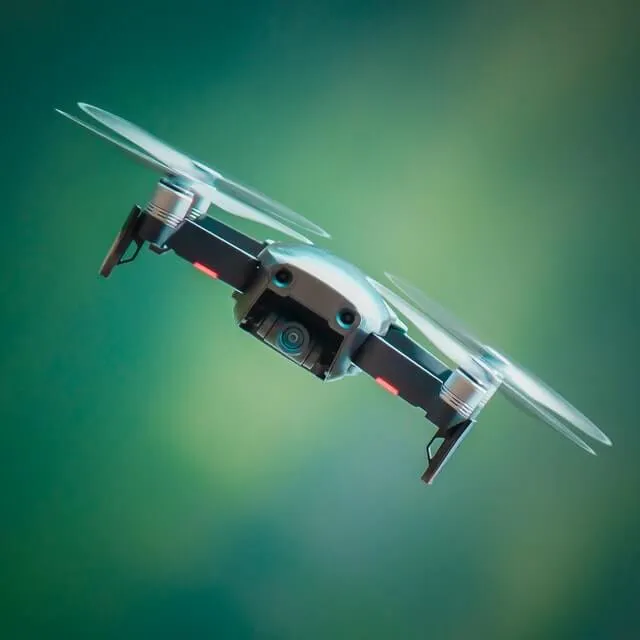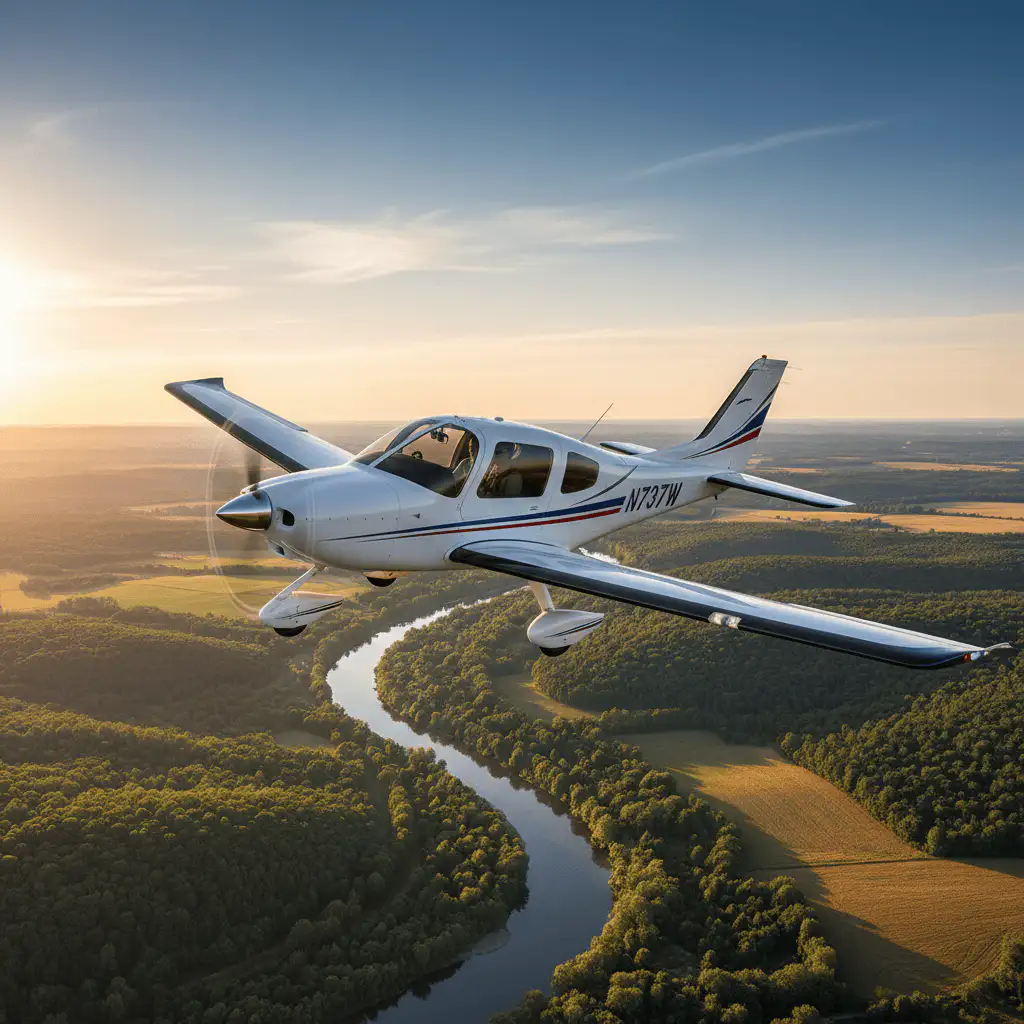Your complete guide to understanding and reducing Cessna 172 insurance costs in 2025


The Real Numbers Behind Cessna 172 Insurance
When Cessna 172 owners reach out to Skywatch, they all ask the same question: "What's this actually going to cost me?" Here's the honest breakdown.
Most experienced pilots end up paying somewhere between $150 and $250 per year for basic liability coverage. That's the million-dollar policy that covers you if something goes wrong. Want to add hull coverage? Expect $500 to $1,200 annually, depending on what your 172 is worth and how many hours you've logged.
Now, if you're still building hours or working on your private ticket, those numbers jump. Quotes for newer pilots typically range from $850 to $1,400. It stings a bit, sure. But insurers view you differently once you've got some experience under your belt.
What Actually Moves the Needle on Your Premium
After helping thousands of pilots get insured, Skywatch has learned one thing: your logbook tells the whole story.
Got 500 hours? You're golden. Sitting at 100 hours? You'll pay more. It's that simple. But here's the thing nobody talks about: time in type matters just as much. If those hours are in a 172, you're in better shape than someone with 500 hours spread across ten different aircraft.
Your ratings change the game too. That instrument rating you worked so hard for? It's worth real money when it comes to insurance. VFR-only pilots pay a premium because, statistically, they're higher risk.
Where you keep your plane matters more than you'd think. Park it in a hangar, and you're protecting it from hail, wind, and every other weather headache that makes insurance companies nervous. Tie it down outside? That's fine, but it'll cost you.
One more thing: older 172s from the '60s and '70s cost less to insure because they're worth less. But don't assume your beat-up bird will get the best rate. Clean logbooks and good maintenance records can knock serious money off your premium.
Breaking Down What You're Actually Buying
Liability coverage is non-negotiable. This is what keeps you from losing everything if your plane damages someone else's property or, worse, injures someone. A million bucks sounds like a lot until you realize how fast things add up in aviation. Some pilots go for two million, and honestly, it makes sense.
Hull coverage is different. It's about protecting what you've invested in the airplane itself. You've got two choices here. Agreed value means you and the insurer decide upfront what the plane's worth, and that's what they'll pay if it's totaled. Stated value is trickier because they'll depreciate what you'd get based on the loss date.
There's also medical payments coverage for anyone riding with you and physical damage coverage for ground incidents. Ever seen what a windstorm can do to a plane in a hangar? Yeah, that's why this exists.
How to Cut Costs on Your Cessna 172 Insurance
Stay current. Flight reviews, recurrent training: these aren't just good for safety. Insurers notice when you're serious about staying sharp, and they'll reward you for it.
Raise your deductible if you can handle a bigger out-of-pocket hit. Going from a $500 deductible to $1,000 or even $2,500 can drop your annual premium significantly. Just make sure you've got that money sitting in the bank if you need it.
Shop around. Different brokers can quote wildly different prices for the exact same coverage, sometimes $600 or more in difference. That's real money back in your pocket for making a few phone calls.
Aviation insurance specialists know the market better than your local State Farm agent. They'll dig up options you didn't know existed. AOPA and EAA memberships sometimes unlock group rates too, so those are worth checking out.
Modern avionics help. Upgraded your panel recently? Let your insurer know. ADS-B, modern GPS, even something like a Garmin Aera: they all signal that you're invested in safety, and that can translate to discounts.
Why Skywatch Built Insurance Differently
Traditional aviation insurance is stuck in the past. You pay for a full year whether you fly 10 hours or 200. That's never made sense to pilots, which is why Skywatch designed coverage that actually works the way you fly.
Instead of locking you into rigid annual policies, Skywatch offers flexible coverage that matches your actual flying schedule. And because everything's online, you can get a quote in minutes instead of waiting days for callbacks from brokers.
The Cessna 172 is one of the best planes ever made. Skywatch makes sure you're protecting it the right way, without overpaying for coverage you don't need. Get your instant quote today and see the difference modern aviation insurance can make.










